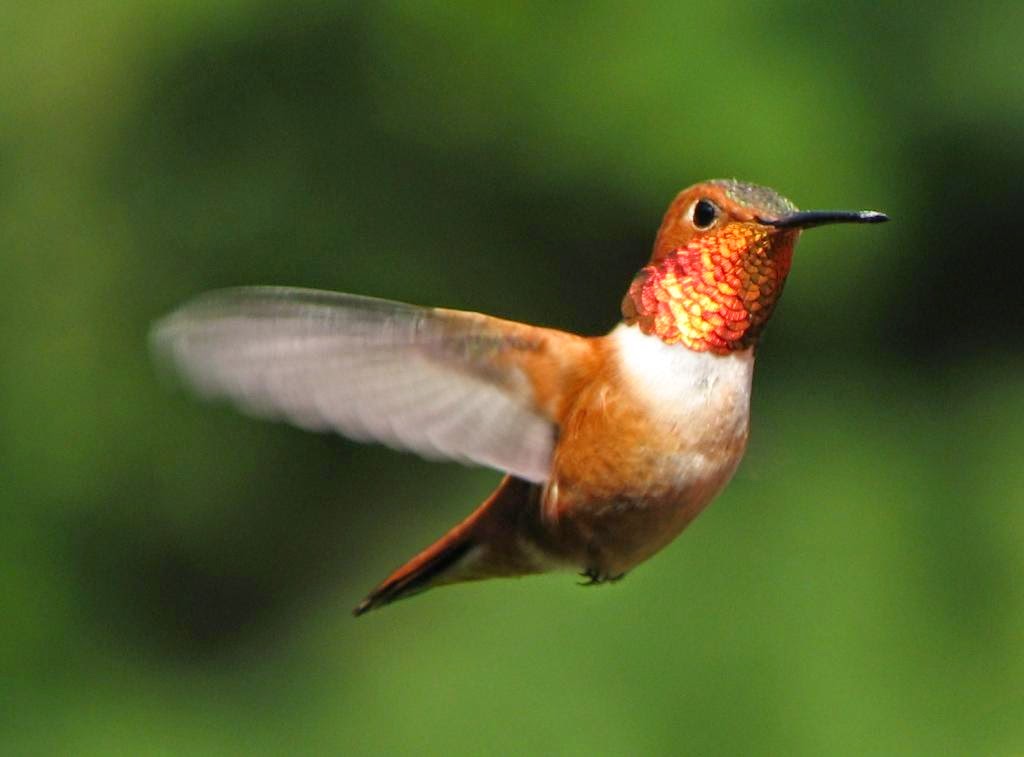A Brewster bird and some medieval history
A beautiful visitor to Budleigh's sister-town of Brewster on Cape Cod. We have kingfishers of course!
Photo credit: Ryan Bushby
I do take an interest in the wonderful wildlife of Devon, and sometimes I blog about plants and creatures
that I’ve photographed. But really I’m a bit of a dunce in such things: not
observant enough about detail, and happy to enjoy them at a superficial level.
But every so often my eye is caught by a flash of
unexpected colour or an exotic-sounding name.
Like the Glossy Ibis, a flock of which turned up at Budleigh’s Cricket Club some four years ago and which I wrote about at http://budleighbrewsterunited.blogspot.co.uk/2010/09/feathered-friends-are-another-link.html
Like the Glossy Ibis, a flock of which turned up at Budleigh’s Cricket Club some four years ago and which I wrote about at http://budleighbrewsterunited.blogspot.co.uk/2010/09/feathered-friends-are-another-link.html
And these things are worth recording on my ‘museum in
cyberspace’. After all, Fairlynch’s Priscilla
Carter Room
does have a display area devoted to the wildlife of the Lower Otter
Valley.
So I took special note of a recent Google news alert
telling me that a rufous hummingbird had been “attending a feeder in Brewster
for some time.”
Rufous? Surely that should be Rufus, I thought,
thinking of William the Conqueror’s son who succeeded to the English throne in
1087 AD on the death of his more famous father, and whom I’d always thought of
as red-haired, hence his name.
But no, the Rufus name was apparently because of his ruddy
complexion, I learn from the excellent Wikipedia.
Red-haired or ruddy-complexioned? So many uncertainties about King William II, portrayed here by an unknown artist
Well, that's something they didn't teach us at school.
Fascinating, and according to Wikipedia, therein lies
an explanation for his possible assassination in the New
Forest. The monument seen
above makes no mention of those vices, by the way.
Sorry about the digression.
Back to the birds. The wonderful Wikipedia, to which I donate from time to time, tells me that I’m right! This beautiful creature’s Latin name is in fact Selasphorus rufus, a reference, I suppose, to its red neck which you can see in the above photo.
Back to the birds. The wonderful Wikipedia, to which I donate from time to time, tells me that I’m right! This beautiful creature’s Latin name is in fact Selasphorus rufus, a reference, I suppose, to its red neck which you can see in the above photo.
Plenty of other birds found on Cape Cod
were mentioned in the Cape Cod Times article by E. Vernon Laux entitled ‘Area
bird counts recording rare, unexpected finds’ which I found at http://www.capecodonline.com/article/20141220/NEWS/141229974/?Start=1
Of course another reason for my
interest in Selasphorus rufus is that it has been spotted in Brewster
MA, where I continue to follow the news in the vague hope that one day our
so-called twinning may become official.






Comments
Post a Comment